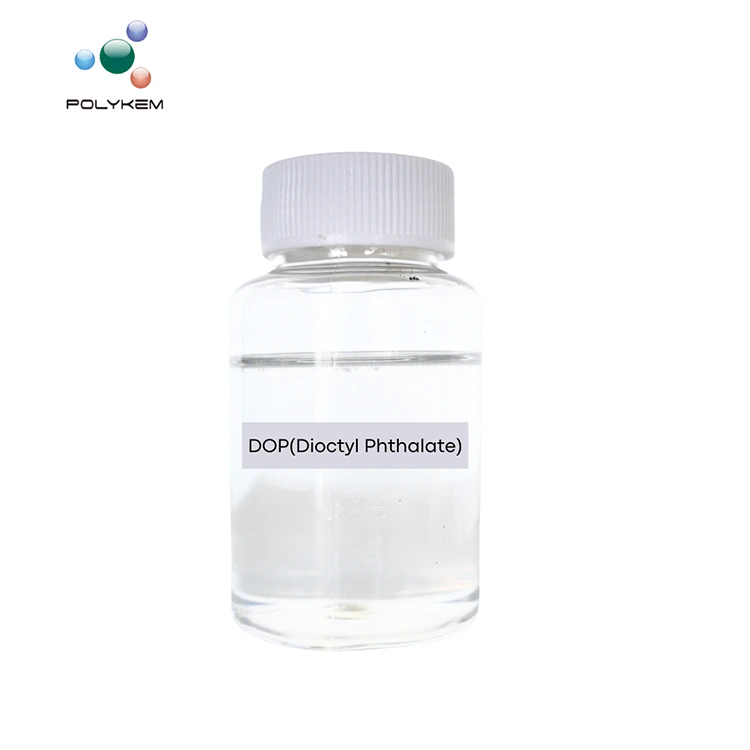Why Are Rubber Additives Essential for High-Performance Rubber Products?
2025-09-04
Rubber, a versatile material used in tires, automotive components, industrial belts, and countless other applications, owes much of its performance to additives. But what exactly are rubber additives, and why are they crucial for modern manufacturing? Rubber additives are specialized chemicals incorporated into raw rubber compounds to enhance properties such as elasticity, durability, resistance to aging, and processing efficiency. Without these additives, rubber products would suffer from poor mechanical performance, short lifespan, and increased production costs.
In today’s competitive industrial landscape, selecting the right rubber additives can make the difference between a product that fails under stress and one that exceeds performance expectations. By understanding the science behind rubber additives, manufacturers can tailor compounds to meet specific requirements in sectors ranging from automotive and construction to consumer goods and medical devices.
What Types of Rubber Additives Are Commonly Used?
Rubber additives can be broadly categorized based on their functional role in improving the polymer’s performance. Each type of additive addresses a specific aspect of rubber chemistry, and the choice depends on the final application of the rubber product.
| Additive Type | Function | Common Applications | Typical Concentration (%) |
|---|---|---|---|
| Vulcanizing Agents | Promote cross-linking to enhance strength, elasticity, and heat resistance | Tires, industrial hoses, belts | 1–5 |
| Fillers | Improve mechanical strength, reduce cost, and modify hardness | Shoe soles, automotive parts, rubber mats | 10–50 |
| Plasticizers | Enhance flexibility and processability | Flexible tubing, soft seals | 5–20 |
| Antioxidants & Antiozonants | Protect rubber from oxidative degradation and ozone cracking | Outdoor products, automotive tires | 1–3 |
| Processing Aids | Facilitate easier mixing, extrusion, and molding | Rubber sheets, molded goods | 1–5 |
| Colorants | Impart color and improve aesthetic appeal | Consumer products, footwear | 0.5–3 |
| Flame Retardants | Reduce flammability and improve safety | Cable insulation, automotive interiors | 5–15 |
| Anti-slip Agents | Improve grip and surface performance | Conveyor belts, floor mats | 1–5 |
Each additive interacts differently with the base polymer. For example, carbon black, a commonly used filler, not only reinforces rubber but also contributes to wear resistance and conductivity. On the other hand, sulfur, a classic vulcanizing agent, creates cross-links that define the elasticity and tensile strength of the final rubber product.
How Do Rubber Additives Enhance Performance?
Rubber additives enhance performance through a combination of chemical reactions and physical modifications. Understanding these mechanisms helps manufacturers optimize their rubber formulations for targeted applications.
Mechanical Performance:
Fillers, such as silica or carbon black, distribute stress within the polymer matrix, improving tensile strength, tear resistance, and abrasion resistance. Vulcanizing agents ensure that rubber maintains its shape and elasticity under load, even at extreme temperatures.
Aging and Environmental Resistance:
Antioxidants and antiozonants protect rubber from degradation caused by oxygen, ozone, and UV light. For instance, automotive tires that are continuously exposed to sunlight and ozone require specific additives to prevent cracking and brittleness over time.
Processability and Efficiency:
Processing aids reduce viscosity, improve flow, and facilitate the mixing of rubber compounds. This ensures consistent quality in molded or extruded products while reducing energy consumption and processing time.
Special Functionalities:
Certain additives provide unique properties, such as flame retardancy, color, or conductivity. These functionalities allow rubber products to meet safety standards, aesthetic requirements, or specialized industrial applications.
By carefully balancing these additives, manufacturers can produce rubber products that combine high performance with durability, cost efficiency, and safety.
Why Choosing the Right Rubber Additives Matters
Selecting appropriate rubber additives is not merely a technical decision—it is a strategic one. Poor additive selection can result in material failure, safety hazards, and significant financial losses.
Longevity of Products:
Rubber products exposed to heat, ozone, or mechanical stress will fail prematurely without proper stabilization from antioxidants and vulcanizing agents.
Compliance with Industry Standards:
Many industries, including automotive, aerospace, and medical, require rubber to meet stringent performance and safety standards. Using the wrong additives can lead to non-compliance, recalls, or legal liabilities.
Cost Efficiency:
The correct additive combination can reduce waste, improve production efficiency, and minimize the need for frequent replacements or repairs, ultimately lowering total operational costs.
Tailored Performance:
Different applications demand different properties. High-friction conveyor belts require anti-slip agents, while cable insulation may require flame retardants. Proper additive selection ensures that each rubber product performs optimally in its intended environment.
Environmental and Safety Considerations:
Eco-friendly or low-emission additives are becoming increasingly important. Manufacturers must consider the environmental impact of their formulations, balancing performance with sustainability goals.
Frequently Asked Questions About Rubber Additives
Q1: Can one rubber additive fulfill multiple functions?
A1: Yes, some additives are multifunctional. For example, certain antioxidants can provide both UV protection and oxidative stabilization, while fillers like silica can enhance mechanical strength and improve heat resistance. However, relying on a single additive for multiple properties may compromise overall performance, so a balanced formulation is usually preferred.
Q2: How do I determine the optimal quantity of each additive for my rubber compound?
A2: The optimal dosage depends on the base polymer, intended application, and required properties. Manufacturers typically conduct small-scale trials, adjusting concentrations based on tensile strength, elongation, hardness, and aging tests. Industry guidelines and supplier recommendations also provide a valuable reference for safe and effective additive ranges.
Partnering with Experts for Superior Rubber Products
In the competitive world of rubber manufacturing, leveraging the right additives can significantly enhance product quality, reliability, and safety. Polykem specializes in providing high-quality rubber additives tailored to meet diverse industrial requirements, ensuring superior performance across applications. Our comprehensive range of vulcanizing agents, fillers, antioxidants, and specialized chemicals allows manufacturers to achieve optimal formulations efficiently.
For detailed guidance on selecting the best additives for your rubber products, or to explore our full catalog of solutions, contact us today. Our experts are ready to help you maximize performance, reduce costs, and ensure compliance with industry standards.
